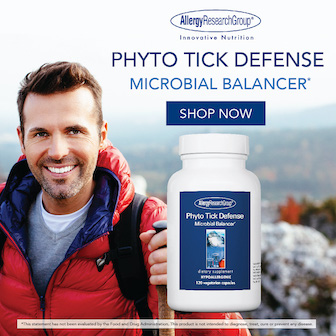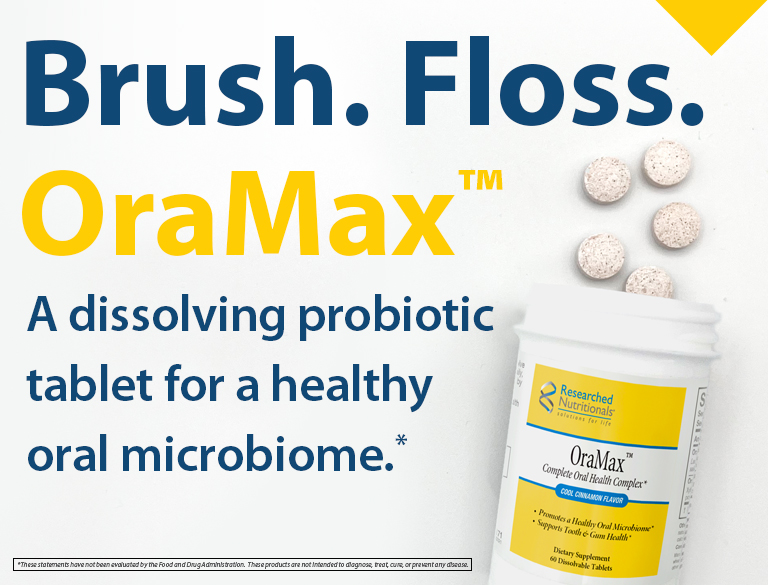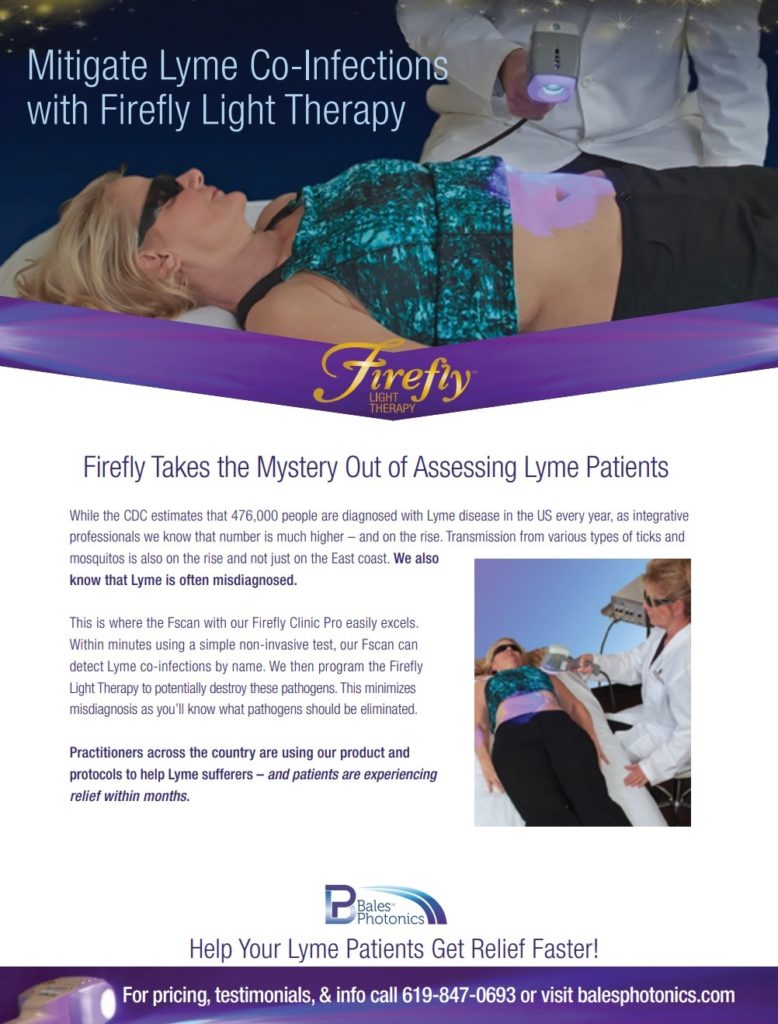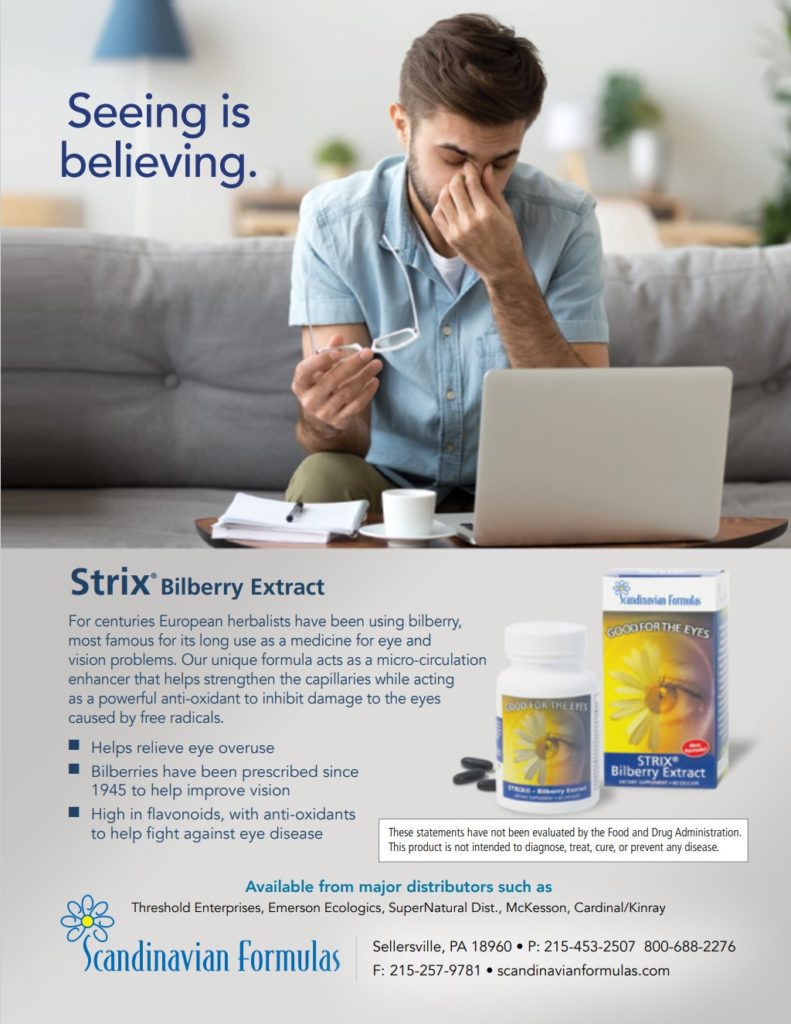By Karina Gordin
“I am a dancing machine and clean fuel keeps me on my feet,” notes Emmy-nominated choreographer and Dancing with the Stars Mirrorball champion, Tony Dovolani. With a demanding training and performance schedule, Tony understands firsthand the importance of optimal nutrition and exercise in maintaining peak fitness and health. “My lifestyle can apply to most anyone, not just professional athletes like football players, golfers, or competitive dancers,” Tony adds, suggesting that a regimented diet and lifestyle approach is surprisingly approachable—regardless of whether you work on the field, in the office, or even on the dance floor.
KG: I would like to begin by discussing your typical warmup routine, and how you prepare for long hours of training and performing.
TD: Preparation for the long day ahead is key and that includes getting sufficient sleep. First thing in the morning, I perform a 10-minute stretch routine, which involves reactivating all the firing muscles in my body. Oftentimes people end up only stretching the big muscles like the biceps, calves, shoulder, and chest muscles. I cannot stress this enough—upon waking you need to stimulate blood flow to the firing muscles. One of the most common injuries sustained during workouts or during those grueling months of training involve firing muscles, which are not getting enough blood to them. Like I said, preparation is key, and we often use the firing muscles without first getting them prepared for the day.
KG: I suspect this routine can apply to both professional and hobby athletes alike?

TD: Absolutely. This mindset and approach can help anybody, in any profession. For example, if you’re sitting for most of your day, you have to make sure your back stays activated. Schedule stretching into your workday. I would even suggest performing 20 pushups and 20 sit-ups twice per day if you’re able. Twenty pushups and 20 sit-ups are actually not a lot of work, you know, especially if your job is largely sedentary. These basic exercises stimulate blood to every part of your body and help keep the muscles around your spine and legs activated.
KG: Ultimately, you don’t have to be a professional athlete to think like one.
TD: It’s a lifestyle choice, that’s what it comes down to. And like an athlete, you have to just keep at it and continue moving forward, whether it’s reaching your goal of 40 pushups per day or fueling your body with whole foods. Thinking and eating like an athlete might sound intimidating, but it’s about improving your overall performance, no matter what you do. That said, don’t over-push yourself doing those pushups (even athletes get injured), just take it step-by-step.
KG: Speaking of over-pushing yourself, I understand you sustained a severe back sprain in 2012 while performing with Melissa Rycroft on Dancing with the Stars. In retrospect, did insufficient muscle activation perhaps play a role in the injury?

TD: The Dancing with the Stars schedule is very fast-paced, and we literally don’t get any breaks at all. As a choreographer on a fast-paced show, you simply don’t have time to think things through, so I ended up performing a lift without a proper warmup. Believe it or not, I tweaked my firing muscle because it wasn’t warmed-up; I pulled it out of place.
KG: The fast-paced environment took a toll on you physically, but is there a psychological component to injury? I have read that stress affects microcirculation, which may in turn predispose athletes to injury.
TD: Stress is the cause of many different conditions, but when it comes to physicality, stress can create emotion-bound tension in your muscles. In other words, your muscles lose flexibility. It’s almost like making a fist—your muscles are bound. Now imagine you’re doing exercises, which require full stretch and flexibility of your muscles…. Injury is almost inevitable if your muscles are bound like a fist. In this case you have to start thinking about introducing a breathing system that allows your bound muscles to relax. Granted, you might still be stressed, and it’s easy to say “just relax,” but breathing exercises improve blood oxygen and ultimately help the muscles start relaxing.
KG: A mental warmup before the physical warmup, so-to-speak.
TD: That’s right. Slow, deep breathing promotes relaxation of bound muscles and can ease the stress response that predisposes you to injury.
KG: As a dancer, can your shoes cause bound muscles? More generally speaking, is footwear an important consideration in muscle pain and injury?
TD: Constrictive and rigid footwear definitely does make you more vulnerable to injury. Just think about it—if the foot is constrained then the blood flow is constrained. So, what I always do is encourage all the dancers to flex their feet when they have a five-minute break, or even if it’s a one-minute break. Take your shoes off. Between the grueling dance schedule and being on my feet all day, what really helps with preventing foot pain and reducing inflammation is contrast hydrotherapy. On Dancing with the Stars, for instance, at the first opportunity I would head directly to the bathroom and run hot water over my feet, after which I’d switch to cold water. Just go back and forth between hot and cold water. At the end of a long day, a contrast foot bath is helpful for just about anyone, not just athletes.
KG: That’s a perfect segue to my next question regarding your treatment approach for musculoskeletal injuries. I recently spoke with your fellow Dancing with the Stars cast member Maksim Chmerkovskiy, and he mentioned responding well to alternative treatment modalities like platelet rich plasma (PRP) prolotherapy and stem cell injections. Have you experimented with similar therapies, as part of your treatment protocol?
TD: I have not, though I do believe in those therapies because I’ve seen results. Fortunately, I haven’t needed to use them because my injuries are relatively minimal. Maks called me recently, and he goes, “You know Tony, it is pretty amazing—you’re 45 and have not had a single major injury.” And I said, “Max, the thing is, I dance every day. I dance literally every single day. I never stop. My body is never inactive. More importantly, I always stretch and make sure to massage my muscles.” That said, PRP and stem cells are wonderful therapies, I think it’s great to help your body heal itself.
KG: Have you experimented with acupuncture, cupping, or even homeopathy?
TD: Yes, I have used homeopathy, cupping, and acupuncture. I like to experiment just to see what works for me and what doesn’t. I have to say those particular natural therapies work well, but I find that meditation and breathing exercises are primary. Even the most natural therapy cannot truly work until you first learn how to listen to your body, breathe, and harness your body’s natural healing processes. When you’re injured or stressed, tuning into your body through breathwork and awareness are the first-line therapy.
KG: And by extension, awareness of posture and body alignment play a role in injury treatment and prevention?

TD: Yes, why not? Self-awareness should include being mindful of your posture and balance. No matter whether you’re sitting, standing, jogging, dancing, meditating, or picking something up, correct posture will result in fewer injuries and greater gains. Good balance—or what I call “zero balance barrier”—involves centering your weight right in the middle of your foot. So, to get a sense of correct weight distribution, rock back and forth and then naturally reposition back to the middle of your foot. Long term, “zero balance barrier” can help relieve stress on the lower back—a region where we tend to carry a lot of stress. Because we’re not always mindful of posture and balance (we tend to push our hips forward or arch our back) it’s important to stretch the lower back throughout the day. What I do is I stand with my back flat against the wall—it’s a simple and effective stretch. So those are the things that I constantly keep in mind. And if I may add, that’s what kept me the same height.
KG: Whereas poor posture can weaken the spine, compress disks, and contribute to height loss with age.
TD: I may have actually gotten about a quarter to a half-an-inch taller because I constantly stretch those muscles. So, recently I was talking to one of my students—he is 47-years-old and he said to me, “Tony, I used to be taller.” He goes, “I wrote 5’9” on a license form because that’s what I always was. And then the administrator measured me and said I was actually 5’8”. Tony, I shrunk an inch!” No problem. We went through this whole stretch routine where I started realigning his back and before you know it, he was back to 5’9”! It was simply a matter of realigning his body and understanding where the pressure points are. Remember to constantly keep stretching, I cannot emphasize that enough.
 KG: Nutrition may likewise prevent height loss with age, i.e. “feeding your bones.” As an elite athlete, what is your approach to diet and nutrition?
KG: Nutrition may likewise prevent height loss with age, i.e. “feeding your bones.” As an elite athlete, what is your approach to diet and nutrition?
TD: I allow my body to use its own resources. This morning, for example, I got up at 6:00 am and had one cup of coffee, black. I don’t take sugar or milk. I also had water, but I don’t eat anything until about 11:00 am. Why? Because I want my body to use its reserves. Five to six hours after waking up, the body starts going into storage mode, so that’s when you eat. In my case, because I woke up at 6:00 am, I had my first meal of the day around 11:00 am— right when my body is going into storage mode. I like being able to recycle whatever the body is starting to store. You know “love handles”? Those are fat storage areas. So, not eating from about 6:00 am until 10:00 am, the body is using stored fat to activate. And then by 11:00 am I eat, which signals to the body that I’m not starving.
TD: First of all, I only eat as much as I think my body is going to use that day. But generally, I eat a heftier breakfast. In the afternoon I make sure to eat a fresh salad with protein, like chicken or tuna. As for dinner, I eat early—typically no later than 6:00 pm. Dinners usually consist of two food groups: meat and vegetables or fish and vegetables. Always vegetables. I don’t eat after 6:00 pm because that’s the time when your metabolism starts slowing down. You don’t want to put stress on the stomach muscles in order to digest. Also, that’s when the body starts storing for the evening.
KG: Do you use protein powders, for instance?
TD: I do not. I’m not a big believer in protein powders. A healthy, balanced diet will give your body everything it needs. In fact, your body will take only what it needs. Obviously, you need to make the nutrients available to your body, that’s why I always say that food variety is the spice of life. Eating a wide variety of healthy, balanced food groups ensures that your body can naturally extract the nutrients directly from the foods, without needing to over-supplement. I know people who take 15 vitamins in the morning. It’s important to get tested for vitamin deficiencies and supplement accordingly, but I’m simply saying that things like protein powders should not replace a well-balanced, nutritious, varied diet.
 KG: Are food restrictions as important as food variety? For instance, earlier you mentioned taking your coffee black, as such limiting sugar and dairy.
KG: Are food restrictions as important as food variety? For instance, earlier you mentioned taking your coffee black, as such limiting sugar and dairy.
TD: I don’t want to restrict sugar and dairy altogether, but I definitely limit them. I also try to stay away from certain food groups like processed grains. Oftentimes breads are made with dough conditioners and the flour is bleached and bromated. So, I stay away from breads but recommend whole grains like millet, quinoa, oatmeal, buckwheat. Many of these grains are rich in fiber, protein, and minerals like iron and calcium. As for fats, I restrict my intake to healthy fats like olive oil and avocado oil—great on salad to help with the absorption of fat-soluble vitamins in vegetables. I also take Omega XL fish oil every day—a very important source of omega-3 fatty acids.
KG: So, in terms of supplements, you do take fish oil regularly?
TD: I do actually take it regularly and I’ll explain why. Quite a few supplement brands have approached me to endorse them. You know, I live in a world of endorsements. I get that. But I told every one of them that I’d test out the products and if they work, I’ll endorse them. If they don’t work, I won’t say anything, but I just won’t endorse them. Having personally looked into Omega XL, their fish oil is extracted from clams raised in pristine waters in New Zealand. No matter what brand of fish oil you take, make sure it’s sourced from deep, clean water. With mislabeling and poor regulations, fish oil can be sold contaminated or even rancid. That’s a pity because omega-3 fatty acid is so important for heart health, and especially for athletes because of its anti-inflammatory properties. Anyways, so I just took a few boxes of Omega XL and what I found is that it really helped my joints. I started forgetting about pain. As you know I hurt my lower back on Dancing with the Stars and taking omega-3 fish oil literally helps with pain relief, naturally. I don’t need to take anything else for back pain relief. I will tell you this right now. It has helped me so much as an anti-inflammatory. And incidentally, it’s been great for my skin.
KG: Being on TV and all, that’s equally important!
TD: Fish oil hydrates the skin. But also, fish oil supports healthy circulation from head to toe. I believe 100 percent that the only reason I still dance to the fullest capacity is because of fish oil. I’m in a business. I’m in a dance business. My livelihood revolves around physicality and fitness. For me, as long as I could keep my dancers happy and healthy, that’s all that matters to me.
KG: Considering your philosophy is to largely extract nutrients from food, I suspect you likewise enjoy fish, and seafood in general— a good natural source of essential fatty acids.
TD: Absolutely. The seafood cannot be farm raised first of all, it has to be wild caught. Often, farm-raised fish are also subject to overcrowding and are even medicated with antibiotics. I recently read that pesticides are used in aquaculture to control sea lice. I am very lucky in a sense because my entire family are hobby fishermen. I have a reservoir next to my house, and we fish for trout. We also enjoy going up to upstate New York. We go to Pulaski for king salmon, lake trout, things like that. And whenever we catch fish, we literally clean and store it right there and then. I got to say the wild fish that we eat is the best food you can ever have! New York has some of the best fishing east of the Rockies.
KG: Speaking of New York, I understand the New York Rangers, in fact, took lessons with you. What can elite athletes like hockey players, or even golfers, basketball, and football players learn from dance?
TD: Dancing works our rotational muscles. Dancing actually activates every single muscle in your body and that’s the thing that dancing has over most any other sport. Dancing activates your entire body, and that keeps you agile, it keeps you young, it keeps you healthy. All of your joints are being used when you dance. Not in an impactful way mind you, but in a stretching, rebound-style motion. A lot of times, when you look at the New York Rangers and you look at basketball players, football players, golfers, most of them use the same muscle groups. Dancing on the other hand actually works on the opposite muscles, which keep those muscles you’re using healthy. The more muscle groups you use, the more successful you’ll be in achieving athleticism, flexibility, agility, height, strength. If you look at the workout regimens of the world’s top athletes, you’ll notice they make sure to use their entire body. When you look at Dustin Johnson—one of the world’s top golfers—he literally might as well start dancing. You know, dancing would give him many of those exercises that he’s doing and more.
KG: You golf, so dancing must boost your performance on the course.
TD: I can get more distance, speed, and power in my golf swing thanks to dance. You see, golfers often suffer from back injuries because of core weakness and inactive firing muscles in their back. Golfers use the big muscles (instead of engaging the firing muscles) to swing the golf club and rotate the ball. Limited hip mobility—or stiff hips—are often a source of pain and injury because the firing muscles in the hips aren’t activated. Firing muscles are also in areas like your lower back and shoulders, and dancing effectively stretches them. Dancing keeps you elongated, limber, strong—for many, many years to come. I like to say, it’s never too late to start dancing.
KG: In that case most anyone can dance at any age, from one to 100?
TD: Yes. At any age. I’ve taught people from three-years-old all the way to, well, as a matter of fact, I had a student that was 98-years-old. Within the first couple of months of teaching her, she admitted to me that she was able to do things that she hadn’t been able to do for the past 20 years. Isn’t that amazing? It was a slow process no doubt, but step-by-step, if you dance properly, you should start feeling a difference within a month, just as she did.
KG: That’s key—to dance properly. So, a good dance instructor makes a big difference, much like a good football coach or fitness trainer, I suppose.
TD: A good dance instructor definitely does make a difference. I honestly think that you need to ensure that your teacher is certified and knows how the body functions, right? Dance is often used in physical therapy and rehabilitation, so you want to make sure that you’re using your muscles correctly and don’t get injured. Ultimately, dance helps keep you balanced and limber long into your old age, so together let us dance to health and longevity.

Karina Gordin is a medical journalist and currently writes for a variety of commercial and peer-reviewed health publications. She would like to thank her father, Dr. Leonid Gordin, for advocating the importance of meditation and mindfulness, which has informed her writing and research.
Karina can be reached at Write@HealthWright.org.




